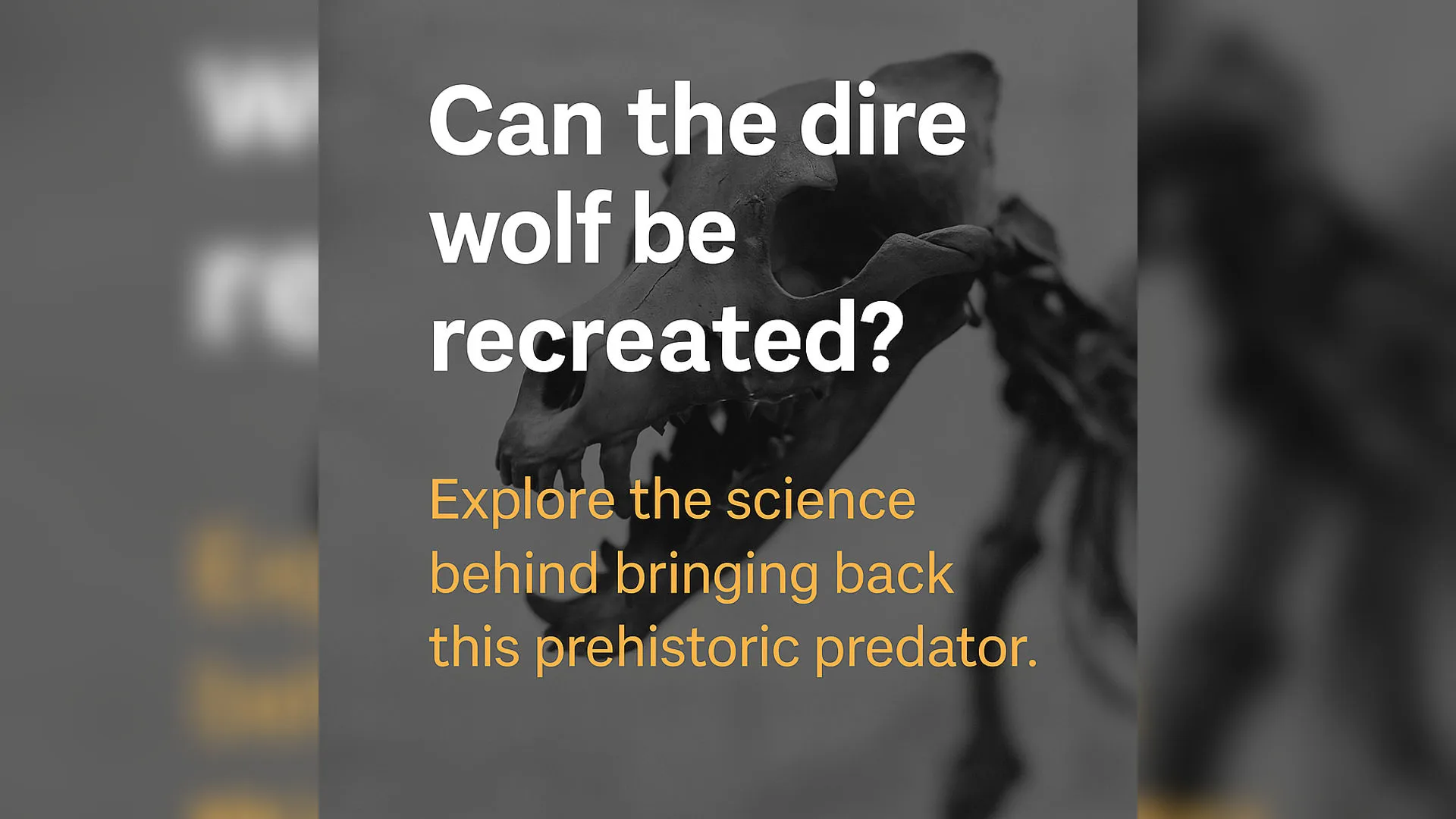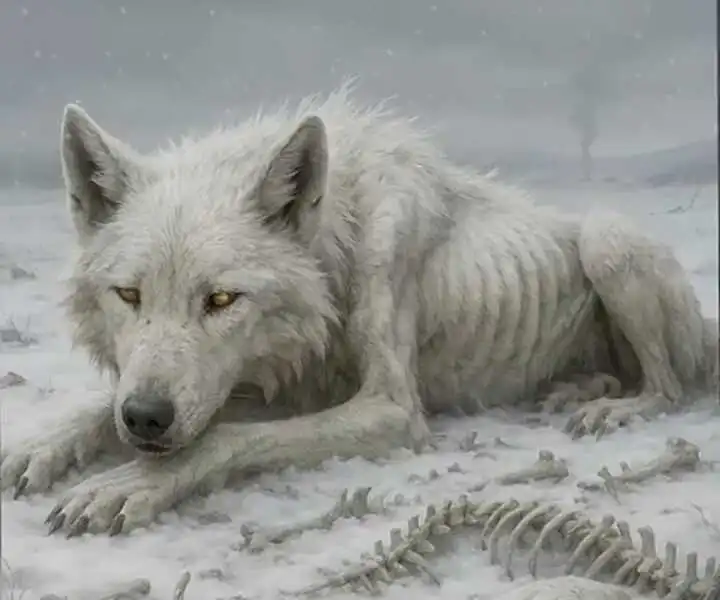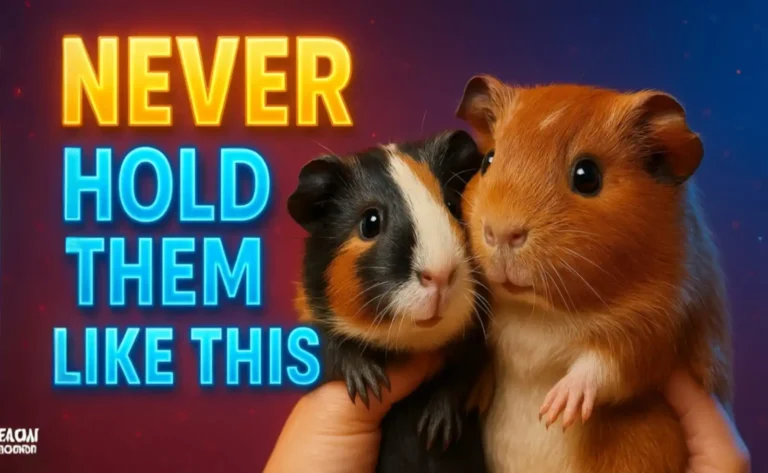
Hope you are fresh and fine, my brother/sister!
If you’ve ever watched Game of Thrones or seen documentaries about ancient beasts, you’ve probably heard of the dire wolf. These massive, mysterious wolves ruled parts of ancient North America during the Ice Age. But a burning question remains: Can the dire wolf be recreated? Could we really bring this powerful predator back from extinction using science and ancient DNA? Let’s dive deep into this fascinating world of prehistoric predators, modern genetics, and evolutionary mysteries.
Is a Dire Wolf a Real Thing?

Absolutely! The dire wolf (Canis dirus) was a real and terrifying predator. It lived in North America during the Pleistocene epoch, around 250,000 to 13,000 years ago. These wolves weren’t just oversized versions of today’s gray wolves — they were a completely distinct species.
- Size: Bigger and bulkier than modern wolves
- Weight: Up to 150 pounds (68 kg)
- Bite Force: Stronger jaws to crush bones
They hunted large Ice Age animals like bison, horses, and even mammoths. Their fossils have been found in places like the La Brea Tar Pits in California, a goldmine of Ice Age megafauna.

Can We Bring Back the Dire Wolf?
The idea of de-extinction — bringing back extinct species — sounds like science fiction. But recent advances in ancient DNA analysis and paleogenomics (the study of ancient genomes) are turning heads in the scientific world.
Here’s how it might work:
- Extract DNA: From well-preserved dire wolf fossils
- Analyze and Compare: With modern canids like the gray wolf and dog
- Edit Genes: Using tools like CRISPR to recreate the dire wolf genome
- Create Embryo: Insert into a surrogate animal (maybe a large dog or wolf)
- Birth: A genetically engineered version of the dire wolf
Sounds cool, right? But it’s not that easy.
Could Dire Wolves Still Exist?

Sadly, no wild dire wolves are roaming the Earth today. Fossil records show they went extinct around 13,000 years ago. The main reasons?
- Climate change after the Ice Age
- Loss of prey (other megafauna also vanished)
- Competition from smaller, smarter gray wolves and early humans
Still, scientists are hopeful. By studying DNA, they’ve discovered that dire wolves were genetically isolated from other wolves for millions of years. This evolutionary divergence makes them unique—and harder to recreate.
🎬 Watch This Fascinating Clip:
👉 “Dire Wolves Return After 10,000 Years — Thanks to Ancient DNA and CRISPR!”
📲 Watch on Instagram
Have Dire Wolves Been Revived?

Not yet. But scientists are working on similar projects. While the dire wolf’s DNA has been sequenced partially, it’s too degraded for full cloning—at least for now. But there’s hope:
Researchers are using hybridization studies to explore mixing modern wolves with recovered dire wolf genes
Experts in paleogenomics believe future tech may make full revival possible
Until then, projects like the Woolly Mammoth revival show what might be possible down the road.
What Animals Have Been Brought Back from Extinction?
Here are some creatures scientists have either revived or tried to revive:
- Pyrenean Ibex: Cloned in 2003 but died minutes after birth
- Passenger Pigeon: De-extinction projects are underway
- Woolly Mammoth: Scientistsare close to creating mammoth-elephant hybrids
- Quagga: Selective breeding used to recreate a zebra subspecies
- Tasmanian Tiger: DNA studies and revival efforts ongoing
These examples show that bringing back extinct species is tough, but not impossible.
Gray Wolf vs. Dire Wolf: What’s the Difference?
You might think they’re cousins, but new research says otherwise. Let’s break it down:
| Feature | Gray Wolf (Canis lupus) | Dire Wolf (Canis dirus) |
| Size | Medium to large | Larger and heavier |
| Bite | Strong | Very powerful, bone-crushing |
| DNA | Shared with dogs | No genetic overlap |
| Behavior | Pack hunters | Possibly more solitary or small-pack |
| Range | Still alive | Extinct ~ 13,000 years ago |
So while they look similar, dire wolves were a completely different species of extinct canid.
Fossil Records and the La Brea Tar Pits
The La Brea Tar Pits in Los Angeles have given scientists thousands of dire wolf fossils. These sticky death traps caught many animals during the Ice Age. Thanks to this treasure trove, we’ve learned a lot:
- Dire wolves were common and widespread
- Their teeth show signs of violent fights and heavy chewing
- They lived with other North American carnivores like saber-toothed cats
These fossil records give us vital clues for reconstructing their DNA and understanding their extinction.
The Challenges of Recreating the Dire Wolf
While we’ve made progress, major roadblocks remain:
- DNA decay over thousands of years
- Ethical concerns around cloning and animal rights
- Environmental issues: Where would they live?
- Risk of genetic diseases in cloned animals
Also, dire wolves had no close living relatives, unlike mammoths (which are close to elephants). This genetic isolation makes it even harder to recreate them.
Could Hybrid Wolves Be the Future?
Some scientists believe we might never bring back a pure dire wolf, but we could create a hybrid that shares many traits:
- Appearance of a dire wolf
- Strength and size enhancements
- Behavior modeled from fossil analysis
These would be part science experiment, part tribute to the past. But should we do it, just because we can?
Why It Matters: The Bigger Picture
Bringing back extinct animals is more than a cool trick. It teaches us about:
- Evolution and extinction
- Ecosystems and what happens when species vanish
- Human impact on the environment
- The power of scientific progress
It also raises questions:
- Are we “playing God”?
- Could de-extinction bring unexpected dangers?
- Shouldn’t we focus on saving animals alive today?
Final Thoughts: Should We Bring Back the Dire Wolf?
We’re closer than ever before. Thanks to ancient DNA analysis, paleogenomics, and growing interest in extinct canid species, the dire wolf’s story is far from over.
But it’s not just about can we? It’s also about should we?
Let’s recap:
- Dire wolves were real and fearsome prehistoric predators
- They’re genetically very different from today’s wolves
- Reviving them would be extremely difficult — but maybe not impossible
- Hybridization may offer a path forward
For now, they remain legends of the past… but maybe, just maybe, they’ll walk the Earth again.
What Do You Think?
Would you support bringing back the dire wolf? Do you think it’s worth the effort? Or should science focus on saving animals we already have?
Drop a comment below, share this article, and let your voice be heard!
Also, check out our other articles on Ice Age creatures, extinct animals, and mind-blowing science facts.
Stay curious, stay wild.







